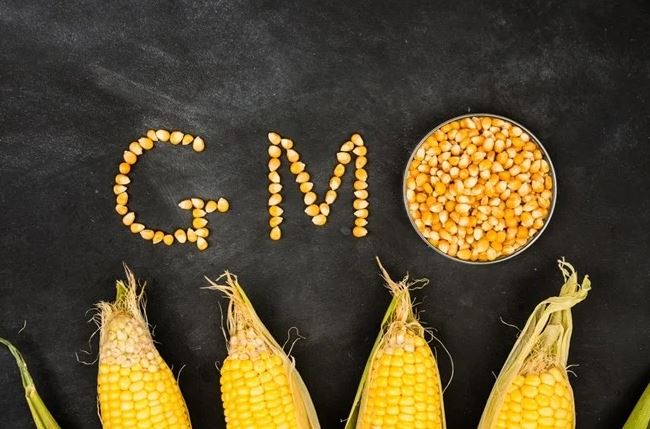Experts Weigh in on the Benefits of Biotechnology
Margust Dela Cerna | August 19, 2024
The Philippines has had a long history of agricultural biotechnology use and research, being the first ASEAN country to initiate regulatory practices into biotechnology in 1990. Its most prominent success being BT Corn of which Filipino farmers now grow several varieties. More recently, scientists were preparing to release new varieties of rice into the market before the Court of Appeals upheld a writ of kalikasan, putting a for now temporary halt to commercial propagation.
Last week, on May 30, a forum was held in Nueva Ecija, the Rice Granary of the Philippines, titled “Upholding Food Security and Sufficiency Through Biotechnology”, facilitated by the Department of Agriculture and the Biotechnology Coalition of the Philippines, where known experts discussed the many benefits of genetically modified crops and how they are one necessary aspect of attaining food security in the country by overcoming new environmental hazards brought about by climate change, as well as the rigorous process by which all genetically modified crops are evaluated for safety as food for human consumption, animal feed, and environmental impact.
Last week, on May 30, a forum was held in Nueva Ecija, the Rice Granary of the Philippines, titled “Upholding Food Security and Sufficiency Through Biotechnology”, facilitated by the Department of Agriculture and the Biotechnology Coalition of the Philippines, where known experts discussed the many benefits of genetically modified crops and how they are one necessary aspect of attaining food security in the country by overcoming new environmental hazards brought about by climate change, as well as the rigorous process by which all genetically modified crops are evaluated for safety as food for human consumption, animal feed, and environmental impact.

What is a genetically modified (GM) crop?
The forum began with an introduction by Dr. Reynante Ordonio and Dr. Vinvencio Mamaril giving a summary on how biotechnology is applied in agriculture, and how it’s produced and regulated. Put simply, a genetically modified crop is a traditionally farmed plant that has had specific genes inserted into it from other similar organisms to give it new beneficial traits. These can range from resistance to pests and disease, higher yield, higher nutrition, and even better aesthetics.Resistance to pests and diseases mean farmers don’t have to spend as much money on pesticides, lowering production costs and lessening the toxins absorbed by people and animals. Higher yield and nutrition means being able to feed more people and keep them healthy by staving off malnutrition prevalent in many poor areas. Each GM crop is made to tackle a specific problem while minimizing any possible risk or harm it may do.
Why do we need GM crops?
With population growth and climate change constantly looming over us, farmers face increasing challenges in the form of supply and demand, and having the production capacity to meet it. With the increasing demand for food supply that comes with population growth, farmers are choosing to use varieties of crops known to have higher yield when harvested. With climate change, farmers are facing harsher droughts, stronger monsoons, and new variants of pests and diseases.For over 20 years, scientists in the Philippines have been developing GM crops that directly address these challenges, from high-yield rice varieties, to the pest resistant BT corn, as well as ongoing development of crops with increased nutritional value to address the prevalent malnutrition issue in poverty-stricken areas of the country. Many experts agree that development and production of GM crops is key to attaining food security and sufficiency in the country, as relying on importation leaves us vulnerable to fluctuations in the global market.
Are GM crops safe for us and the environment?
What if I told you that GM crops in the Philippines have a history of safe-use spanning over 20 years? Or that you most likely consume GM crop products in your day-to-day? As stated by Ms. Merle Palacpac, about 80% of the corn and soy beans produced in the US is genetically modified, and the Philippines is a net importer of corn and soybeans from the US. This means that a majority of soy bean products in the Philippines are made of GM soy bean, and most livestock is fed with GM corn. To date, there are no substantiated reports of government approved GM crops having any more of a harmful effect on people or the environment as compared to their traditional counterparts.In the Philippines specifically, there are five government agencies that handle approval of any GM product before it goes to market. The Department of Science and Technology (DOST), the Department of Environment and Natural Resources (DENR), the Department of Agriculture (DA), the Department of Health (DOH), and the Department of Interior and Local Government (DILG) all form the National Committee on Biosafety of the Philippines (NCBP). Scientists rigorously examine every aspect of a GMO and submit their findings to the NCBP for approval, so there can be no doubt as to their safety. And should it turn out that a GMO is harmful, decisions can be reversed as necessary.

